Recently, I traveled to Hinode town in West Tama about an hour away from Shinjuku station in Tokyo to learn how to make ‘washi’ (Japanese paper) from start to finish. At the Hinode Washi Atelier, we boiled and pounded our own ‘Kozo (paper mulberry), which is one of the primary fibers used for washi. Using this washi, we created our very own washi candlelight and art items using innovative washi techniques!
最近、東京西端の日の出町で、和紙の体験ワークショップに参加して、楮の原料作りから紙漉きまで和紙の作り方を学びました。新しい和紙を使用して、特別な技法を使って独自の和紙キャンドルライトと和紙アートを作成しました~
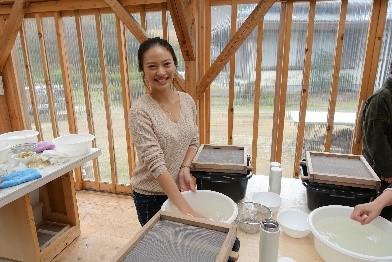
*~*~*
| What is Washi? 和紙とは? |
| Japanese paper or ‘washi’ making is a traditional craft officially recognized by UNESCO as an intangible cultural asset. While there are many places around Japan that you can make washi paper, at Hinode Washi (ひので和紙) we get to try out new and experimental ideas in the art of Japanese papermaking up in the mountain forest of Tama, Tokyo. 皆様は聞いたことがあると思いますが、和紙の歴史についてご存知でしょうか? 和紙は、ユネスコの無形の文化財として正式に認めた伝統工芸品です。 和紙を作ることができる場所は日本でたくさんありますが、「ひので和紙」では、西多摩郡日の出町の山林で和紙を作るという、新たな技術を試すことができます。 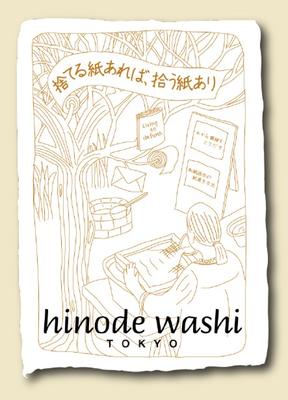 |
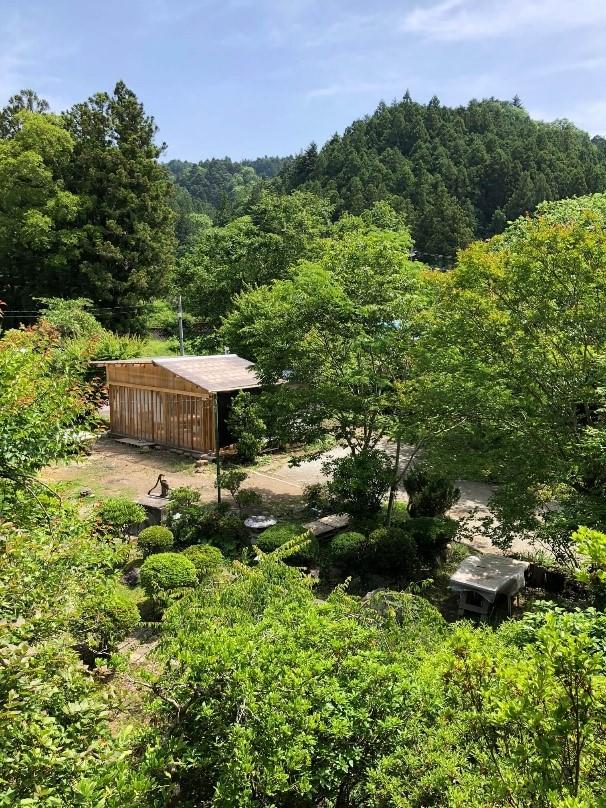
*~*~*
History of Washi Paper
和紙の歴史
Washi 和紙 is traditional Japanese paper made from the long inner fibers of three different plants: kozo (paper mulberry), mitsumata, or gampi. It is said that the art of papermaking was brought to Japan from China in 610 AD by Buddhist monks who produced it for writing sutras. It was the Japanese, however, who mastered the art of papermaking more than 600 years before the knowledge even reached Europe in the 13th century. In the heyday of washi papermaking in the1800s, there were more than 100,000 families in Japan making paper by hand. Nowadays, there remain fewer than 350 families producing washi paper.
和紙は、楮(コウゾ)、三椏(ミツマタ)、雁皮(ガンピ)の3種類の異なる植物の長い繊維で作られた紙です。 製紙の芸術は経典を書くためにそれを作り出した仏教の僧侶によって西暦610年に中国から日本にもたらされたと言われています。 1800年代の和紙の全盛期には、日本では10万人以上の家族が手で紙を作っていました。 現在、和紙を製造している家族は350世帯にとどまります。
Compared to Western paper, Japanese washi papers have evolved over 1400 years to include thousands of variations – both hand and machine made – with great attention to detail. Additionally, authentic washi is very resilient and does not tear or crumple easily. It is a lot more versatile with a wide range of uses in addition to writing, for example for artworks, sliding door screens, wallets, accessories such as bracelets and fans, and even umbrellas.
欧米の紙と比較して、本物の和紙は非常に弾力性があり、簡単に裂けたりしわくちゃになることはありません。 例えば、アートワーク、襖、財布、ブレスレットや扇などのアクセサリー、傘までも、用途が広いです。
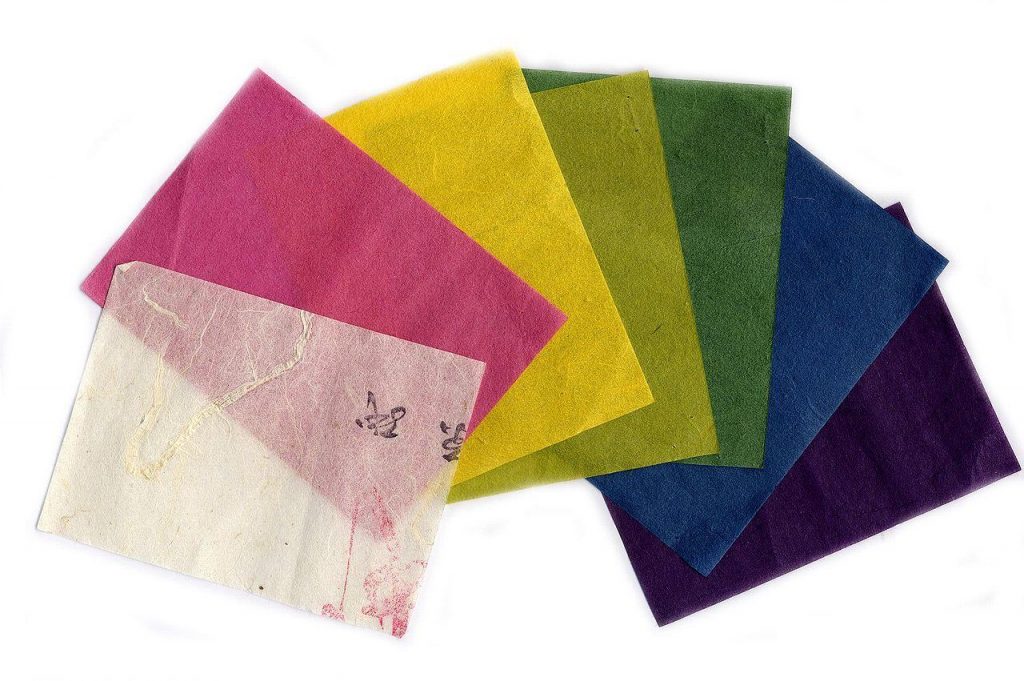
*~*~*
Making Washi Paper
和紙を作りましょう
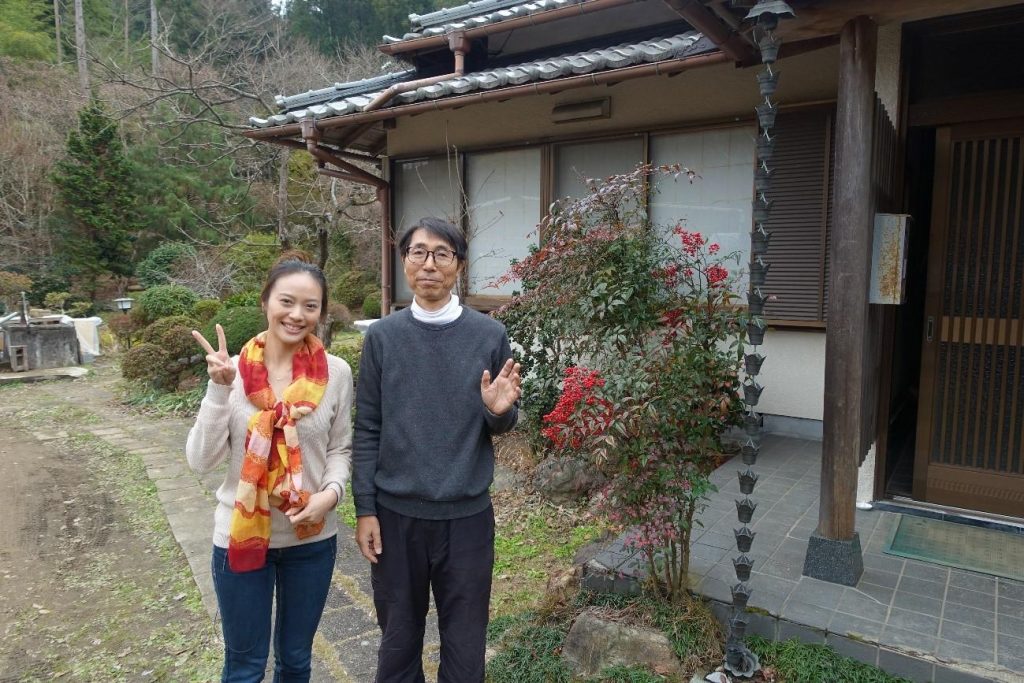
Our instructor today is Kunitaka-san, a Japanese washi artist who grows his/her own kozo (paper mulberry) trees in the forested hills behind his house in Tama, Tokyo.
kozo (paper mulberry) is said to be a plant with “masculine” elements: the protector, thick and strong. Is the most widely used and strongest fiber for producing washi. As it is grown as a farm crop and regenerates annually, it is environmentally friendly and a sustainable resource.
今日の講師は、日本の和紙アーティスト、クニタカさんです。クニタカさんは家の裏にある森の中の丘の上に自分の楮の木を植えています。
楮(紙の桑)は、「男性的」な要素を持つ植物であると言われています。和紙を製造するための最も広く使用されている最強の繊維です。 農作物として栽培され、毎年再生されるので、環境にやさしいです。

We began the experience from the first step in the papermaking process: stripping bark from branches of kozo, then boiling and beating them to a pulp.
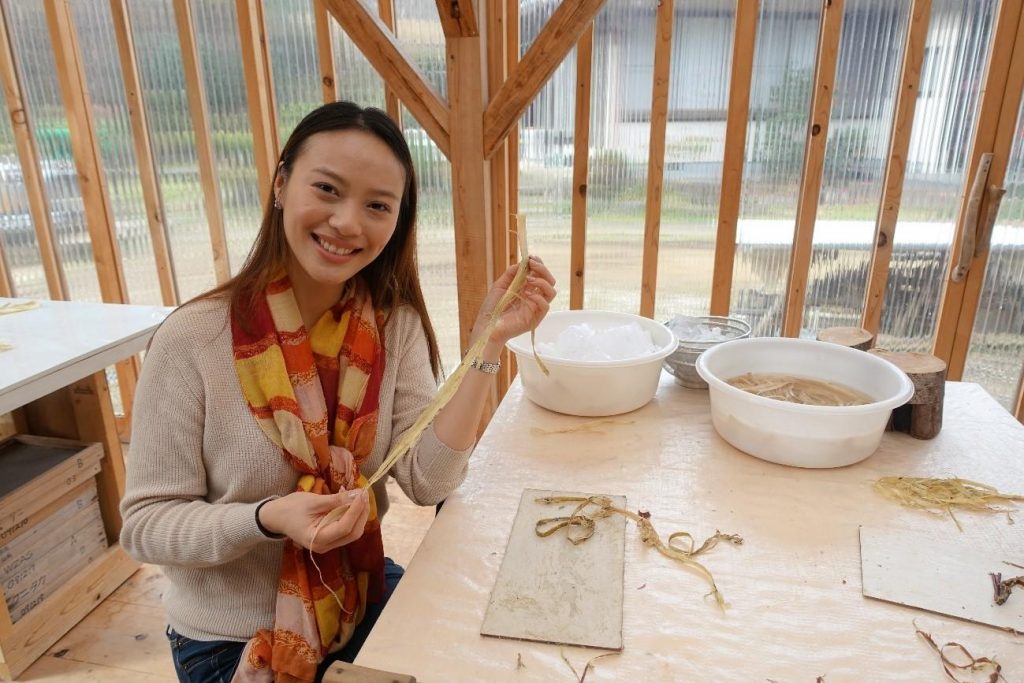
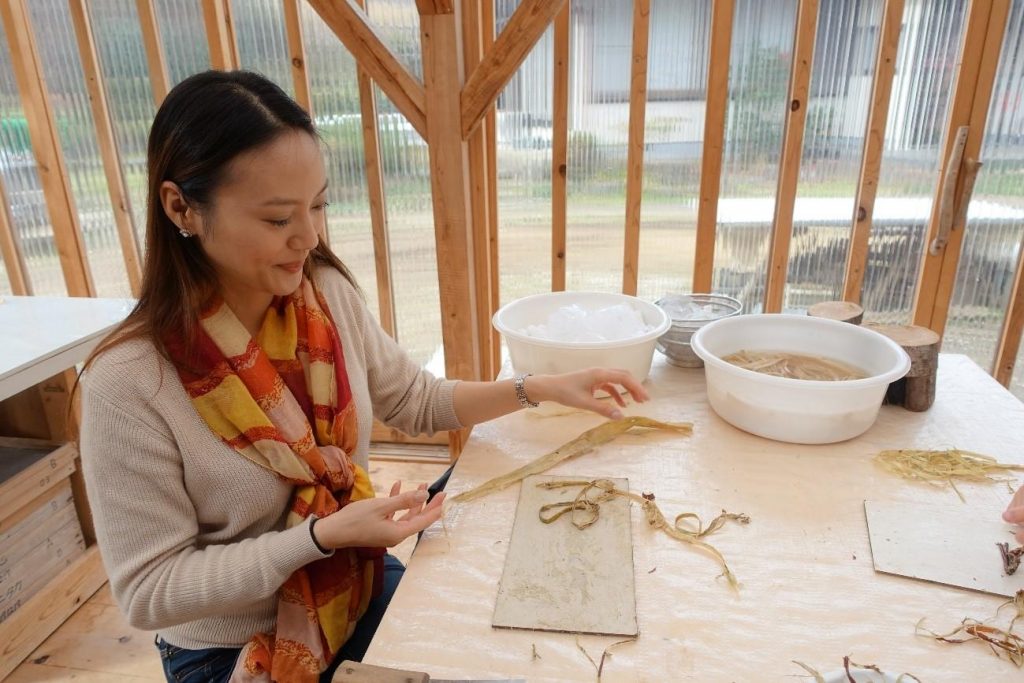
製紙プロセスの最初のステップから体験を始めました。つまり、楮の木を切る、皮剥き、煮て叩くといった原料作りから、紙漉きまでを体験をすることができました!
Branches of the kozo bush are trimmed, soaked, the bark removed, and the tough pliant inner bark separated, cleaned, then pounded and stretched.
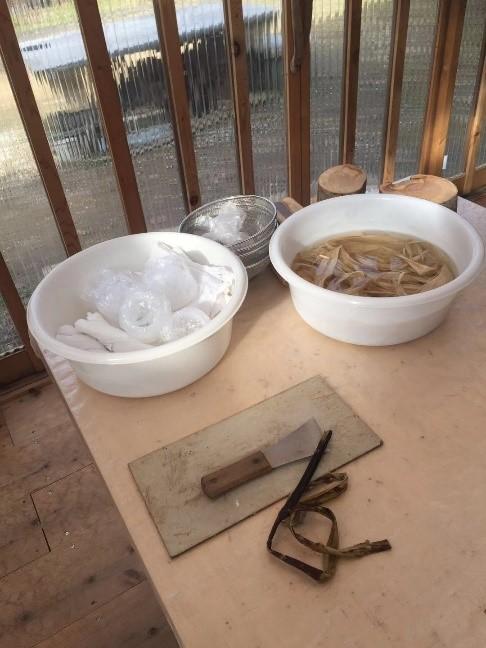


Removing the bark of the kozo using specialized equipment.
楮の皮を剥きます
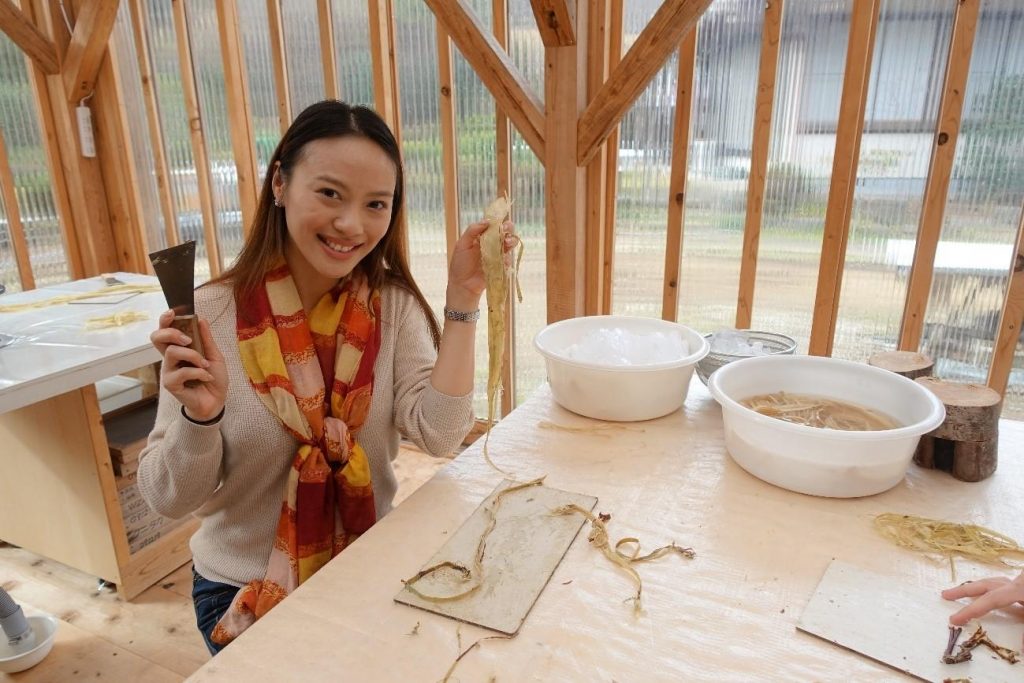
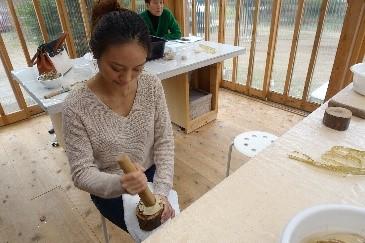
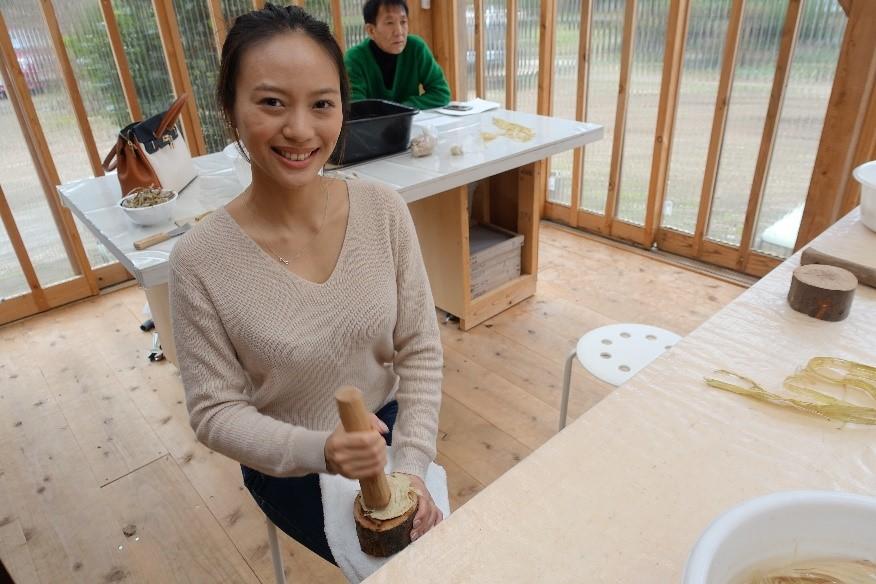
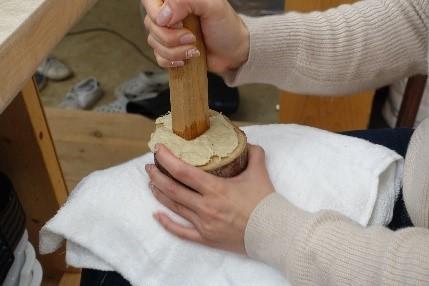
Pounding the kozo pulp to dry it out.
乾燥させるために楮のパルプを叩いています。

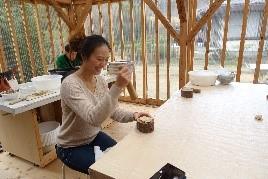

Dried pulp in a basin of spring water.
The pulp we make in these first steps becomes the main ingredient for making washi paper!
乾燥させた楮のパルプを洗面器に入れて水に浸します。
私たちが作っているパルプは、和紙を作るための主な原料になります!
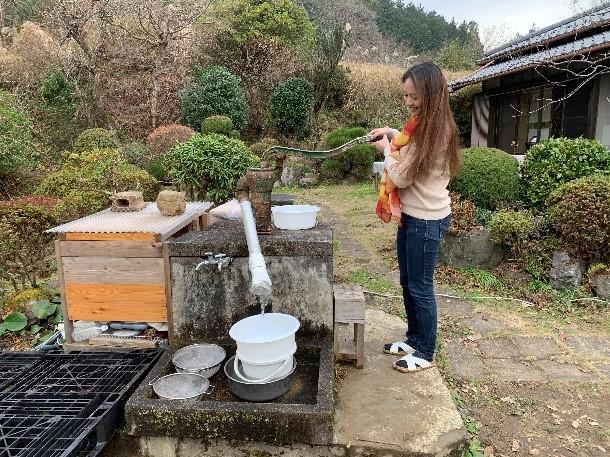
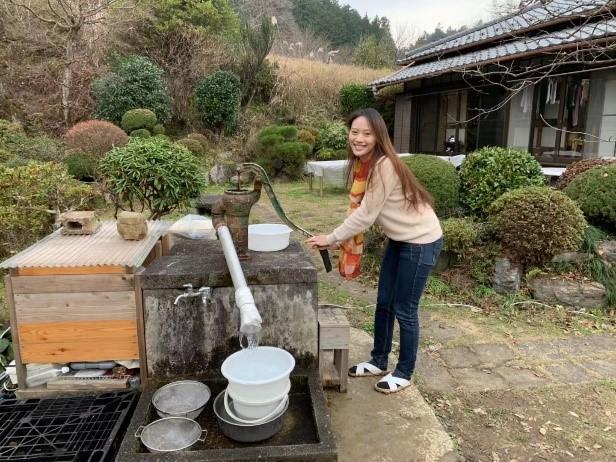
We used spring water from the nearby well to fill up the basin.
「ひので和紙」では紙漉きの水は井戸水を使っています。
The addition of the pounded fiber to water, combined with “neri” made from tororo-aoi (fermented hibiscus root) as a thickener and binding agent, produces a paste-like substance when it is mixed.
増粘剤としてトロロアオイ(発酵ハイビスカスの根)および結合剤から作られた「ネリ」を楮の繊維水溶液に添加すると、混せたときにペースト様物質が生じます。
It is this “paste” which is tossed until evenly spread on a bamboo mesh screen (called a su) to form each sheet of paper. Traditionally, the sheets are piled up wet, and later laid out to dry on wood in the sun or indoors on a heated dryer.
これは竹の網目スクリーン(「漉」(ス)と呼ばれる)上に均等に広がるまで投げられて、一枚の紙が形成されます。伝統的に、シートは後で太陽の下で木の上で乾燥するか、または加熱された乾燥機の上で屋内で乾かすためにレイアウトされます。
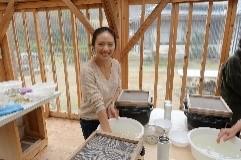
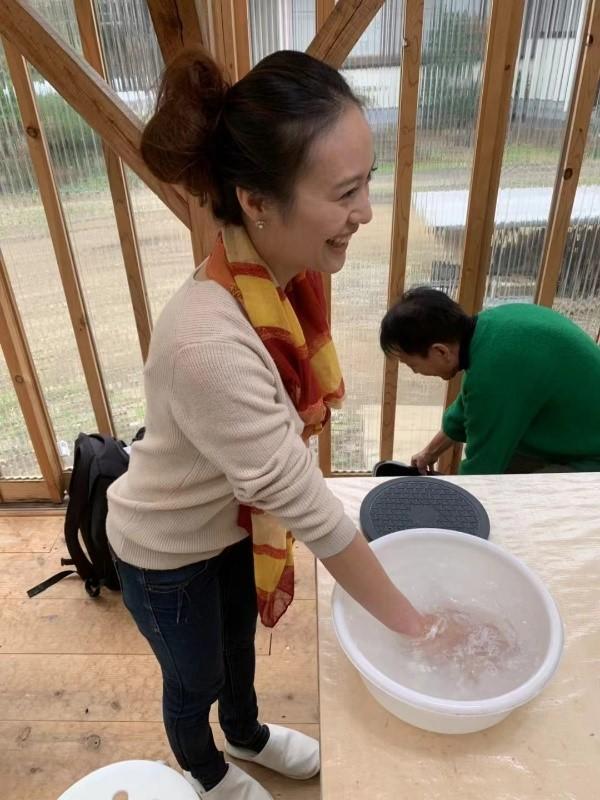
We had to use our hands to spread out the pulp and mix in the “neri” – the water was sooo cold!
手を使ってパルプを広げ、「ネリ」を混ぜる必要がありました。水は超~冷たかったです!0.0
| Do you know the best season to make washi? Winter. This is because the “Neri” needs cold temperatures to maintain its viscous texture and effectively spread the fibers out! The hotter the temperature, the waterier it will be and less effective as a binding agent. |
| 和紙を作るのに最適な季節をご存知でしょうか? 冬です。 その理由は、「ネリ」は粘性のある感蝕を維持し、効果的に繊維を広げるために低温が必要らしいです。 温度が高ければ高いほど、みずみずしくになり、そして結合剤としてはあまり効果的ではなくなるそうです。 |

Paste of kozo fibers evenly spread out on a bamboo mesh screen!
漉の上に楮繊維のペーストが均一に広がっています!
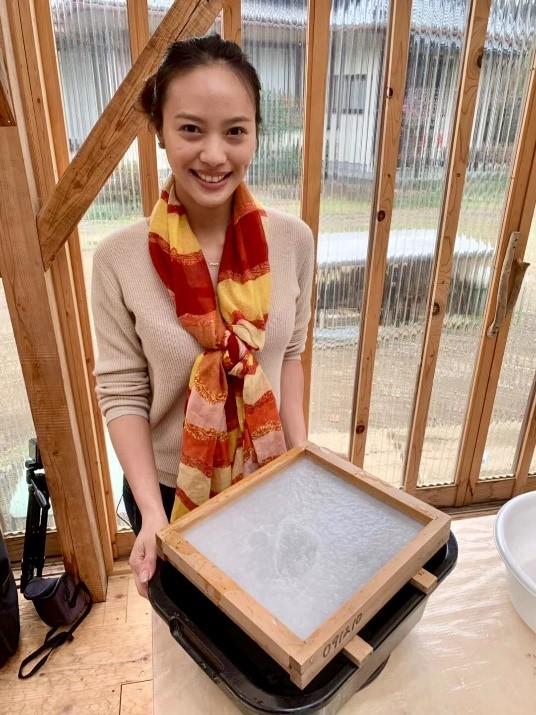
*~*~*
Making our own
Washi Candle Cover!
和紙キャンドルカバーを作ろう!
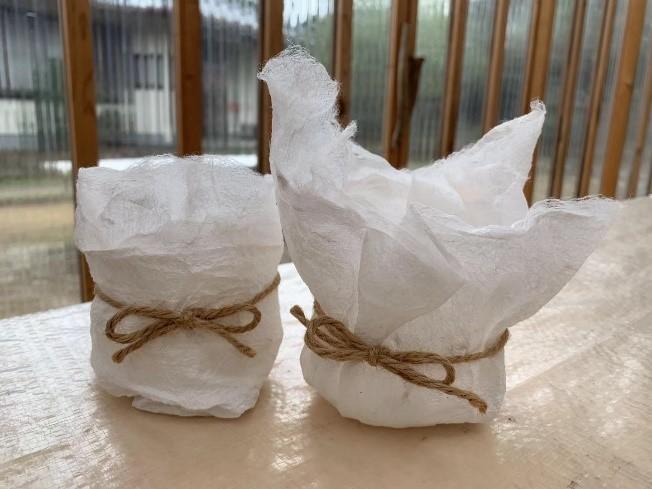
After preparing the kozo pulp, our instructor Kunitaki-san taught us a new technique to make washi using a towel! Instead of pouring the kozo fiber paste directly onto the bamboo mesh, we poured it onto a towel laid over it. After drying for about a week, the kozo pulp hardens to form washi paper with a unique and artistic texture!
クニタカさんが和紙を作るための「タオルで紙漉き」という新しいテクニックを教えてくれました!普通の紙漉きは、楮の繊維を平に並べて水を切り、乾くと紙になるというものです。でも、私たちは、楮の繊維を竹の網に直接注ぐのではなく、その上に敷いたタオルの上に注ぎました。 約1週間乾燥した後、それは固くなり、タオルのパイル生地を写しとり、個性的な和紙が作られます!
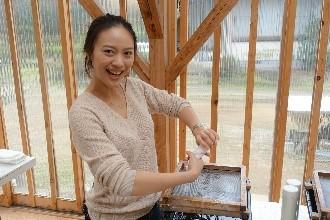

Wringing a towel full of kozo paste! After leaving this towel out to dry, we will make washi with a unique texture.
楮の繊維でいっぱいのタオルを絞ります! このタオルを乾かしたままにすると、独特の風合いの和紙が作られます。
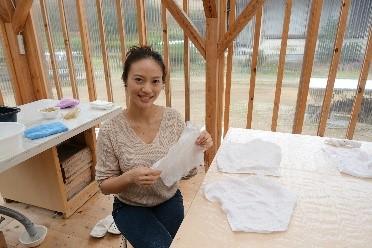
It was really interesting to learn a new way of making washi using towels! It gave the paper a nice ribbed texture.
特別なタオルでの紙漉きの方法はとても面白かったです!タオルから和紙をはがし、その和紙でLEDキャンドルを包んで下の写真のようなLEDミニ和紙キャンドルを完成しました!
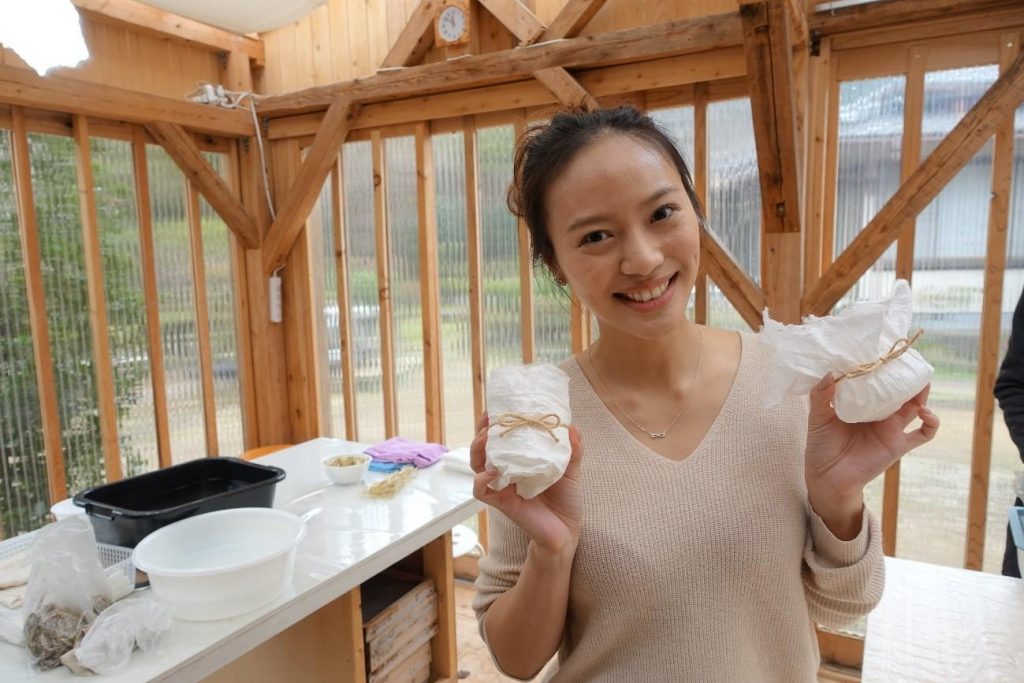
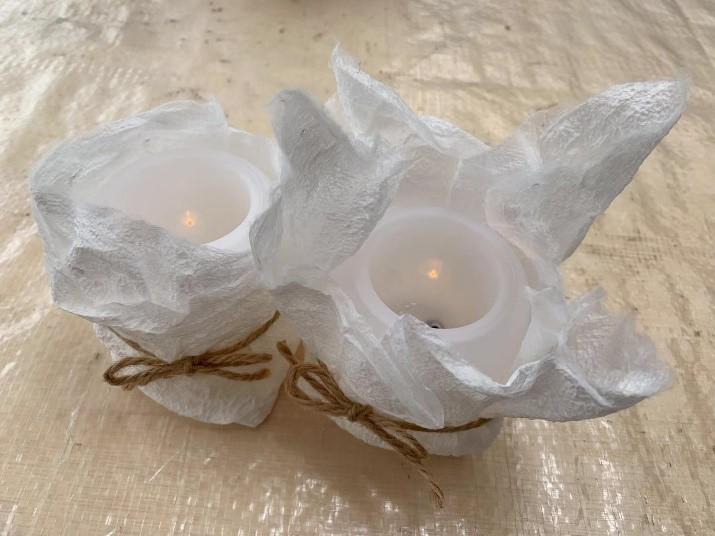
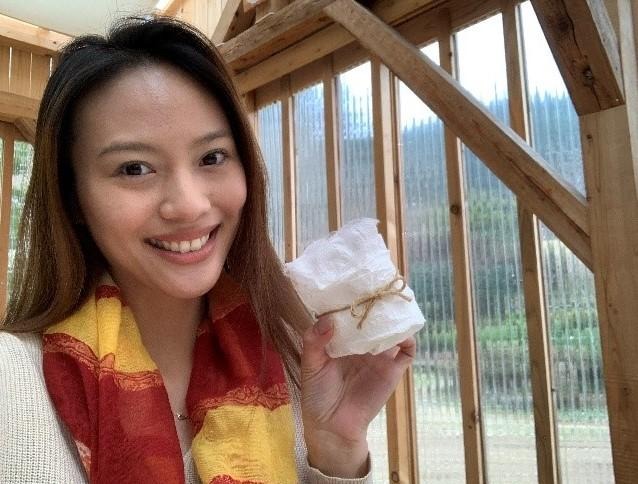
Crafting our own cover for a mini LED candle with freshly made washi was a very modern twist on this ancient craft! Some nice new décor for my apartment!
作りたての和紙でミニLEDキャンドルのカバーを作ることは和紙の古くからの工芸品にとってとても現代的な工夫がされると思います!素晴らくて新しい装飾になりそうですね!
| FAMOUS ARTISTIC USES |
| The special absorbency, strength and texture of washi results in unique images. Traditional Japanese printing was done by woodblock, but Kozo washi made naturally without chlorine bleach are the hardiest and are great for woodblock printing, monoprints and linocuts. They have good absorbency even when very thin because the careful preparation of the fibre creates an even receptivity to ink and moisture – great for artworks! Famous Dutch Painter and Printmaker Rembrandt often used Japanese paper for his fine etchings, and the Inuit have for many years used washi to elicit the best results in their stone and stencil prints. |
*~*~*
Making our own
Washi Artwork!
和紙アートを作ろう!

We then learned how to make washi art with freshly made paper! Instead of painting using brushes, we used threads to divide the paper into various shapes to color in using naturally dyed pulps! Time to tune into our artistic senses~
ヒモで縁取りした中に、染色したコウゾの繊維を流し込んで絵を描く新しいアートを体験しました。大人から子どもまで楽しめる素敵な紙漉きですね
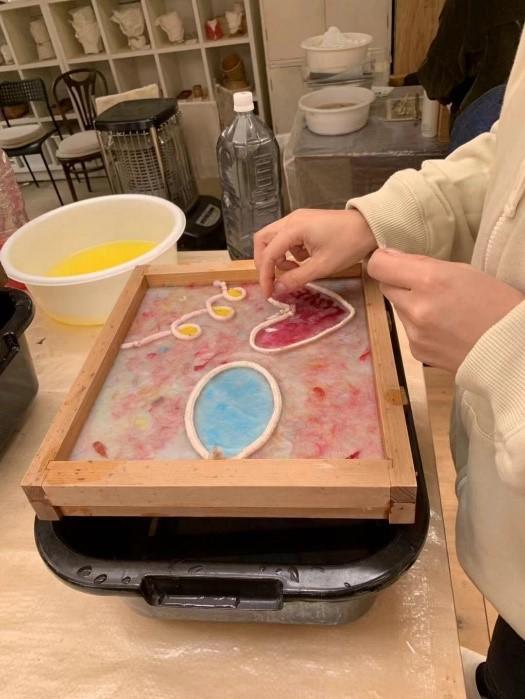
Instead of any brushes, we used strings to block off sections to color in with dye!
ブラシの代わりに、ヒモを使ってセクションをブロックし、染色したコウゾの繊維を流し込みます。
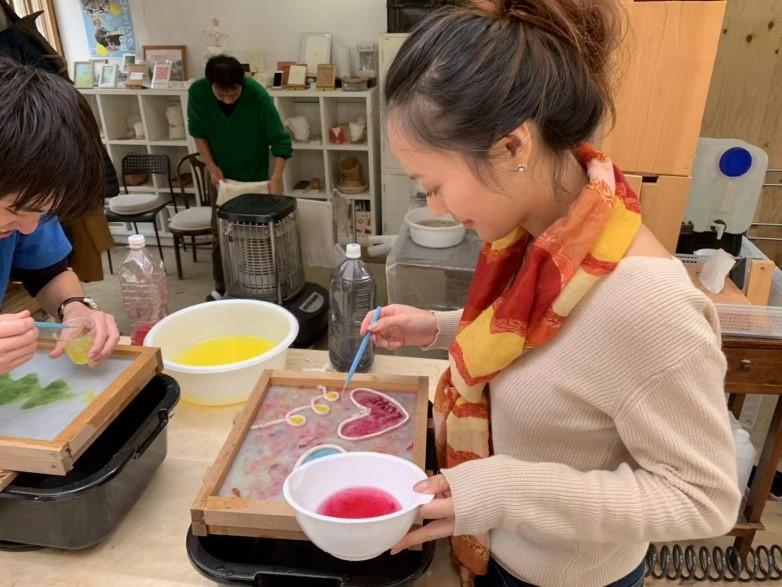
Adding some color to my washi art with naturally dyed fibers!
自然に染められた繊維で私の和紙アートに色を加えます!
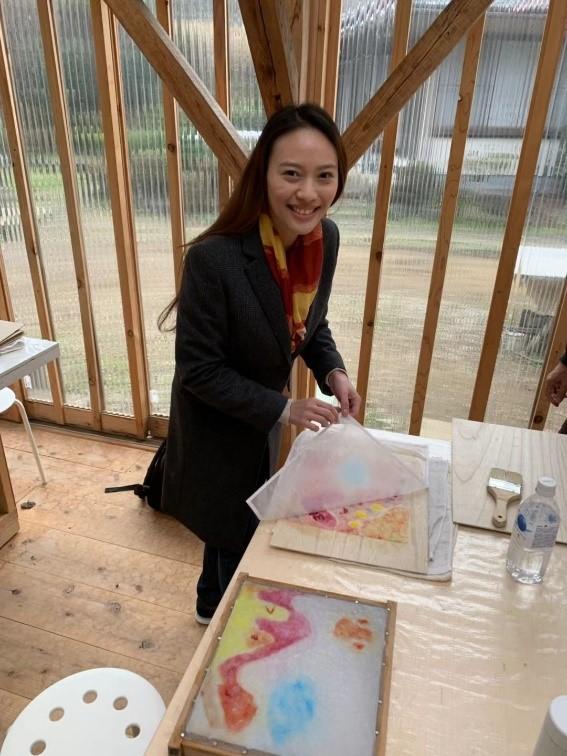
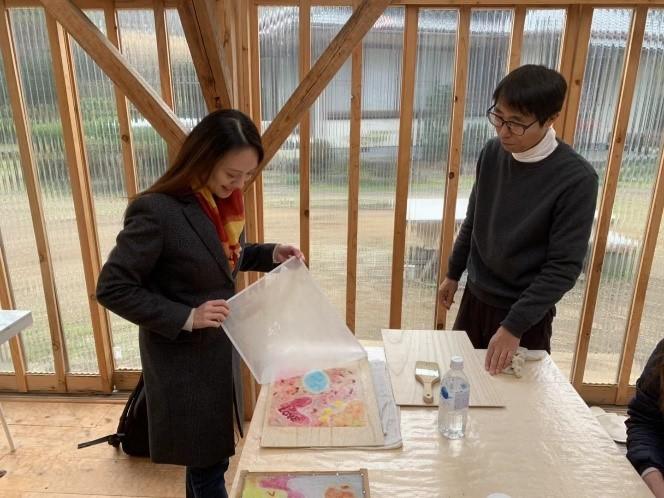
Transferring my finished washi painting onto a wooden board to lay out to dry.
完成した和紙アートを木の板に移して乾かします。
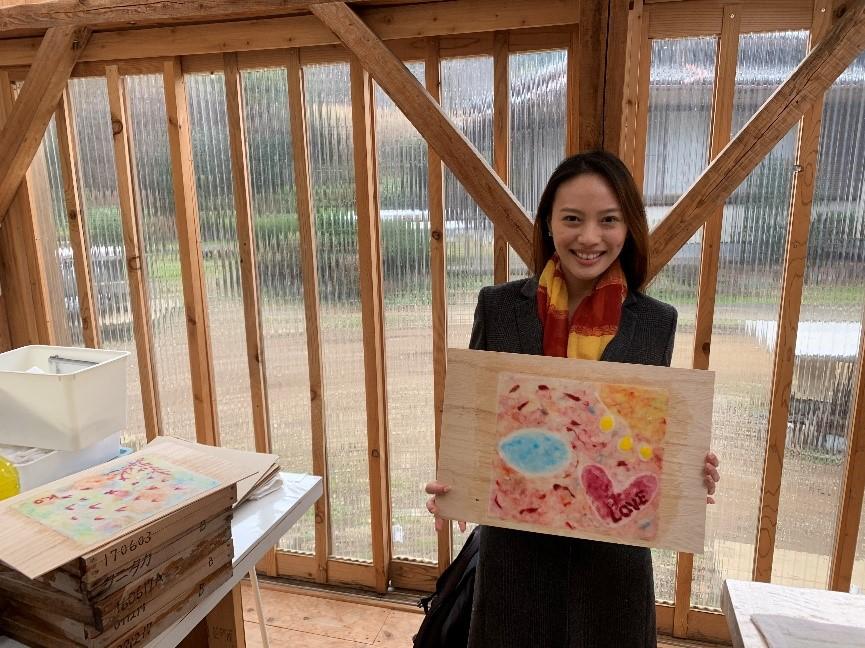
Final artwork! After drying for a few days, the washi will peel off the wooden boards naturally and we will have our own washi art to frame up!
最終アートワーク! 数日間乾かした後、和紙は木の板が自然にはがしやすくなります。
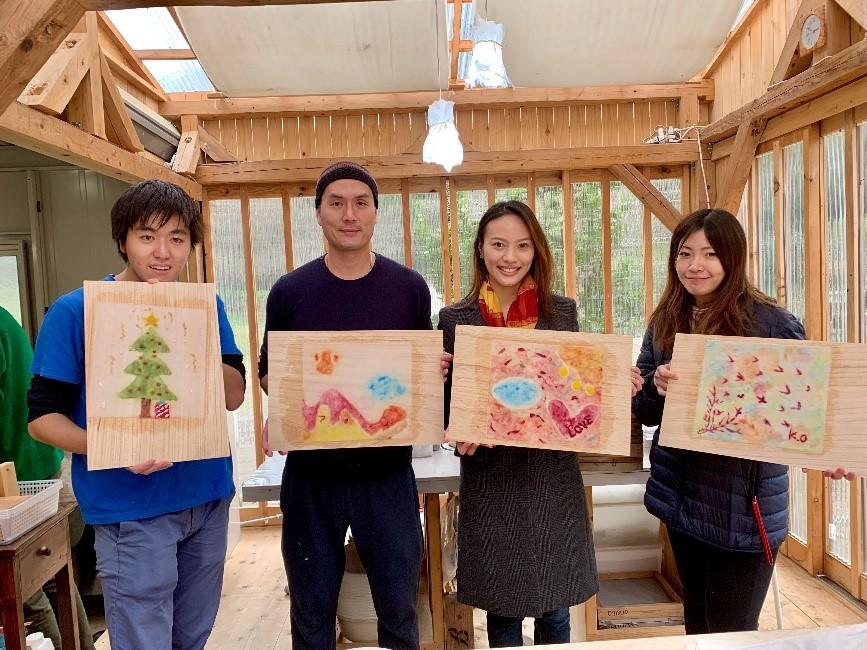
*~*~*~*
Final Reflections
At Hinode Washi Atelier, we had the opportunity to enjoy the calming aesthetic of Japanese papermaking in the tranquility of abundant nature and observe the close link between local natural resources and the washi making process. Trying out various innovative modern applications combined with traditional Japanese washi-making to craft special art pieces was really fun! It was especially refreshing to learn how Hidode Washi Atelier is trying to modernize washi-making by offering programs that make the process more appealing and accessible to the younger generation and non-Japanese – with workshops such as washi art, not only master craftsmen, but even kids can enjoy painting! Another unique attraction that has been gaining popularity is the option for young couples to come in together and create the washi paper that their marriage certificate will be printed and signed on. What a meaningful touch to starting a new life chapter with your loved one!
Next time, I hope to visit one of the remaining handmade papermakers in Japan and learn how they each have their distinctive style and defining traits.
最後の一言
「ひので和紙」では、豊かな自然の静けさの中で和紙の落ち着いた美しさを楽しんだり、地域の天然資源と和紙の製法との密接な関連性を観察したりしました。「ひので和紙」は、従来のトラディショナルな紙漉きとは異なる、クリエイティブな紙漉きを提供しています。それは現代の生活スタイルにあった「新しい紙漉き」かもしれません。「紙漉きで絵を描く和紙アート」や「タオルで紙漉き」など、これまでの紙漉きのイメージが変わる独創的なものです。日本の伝統的な和紙作りと組み合わせて、様々な現代的なアプリケーションを試して、特別なアート作品を作るのは本当に楽しかったです。手工芸品だけでなく、和紙アートのようなワークショップで、「ひので和紙」が若い世代や外国人にとってより魅力的でアクセスしやすいプログラムを提供することによって、和紙作りを近代化しようとしている方法を学ぶのは特に興味深いものでした。子供でも絵を楽しむことができます!人気を集めているもう一つのユニークな魅力は、恋人が一緒に想いを込めて「手漉きで結婚証明書作り」という体験です。愛する人と新しい人生の章を始めることへのなんと意味のある素晴らしい経験でしょう!
次回は、日本に残っている手作りの和紙屋さんを訪問したいと思います。それぞれ独自の特徴を持っていることを理解したいと思います!
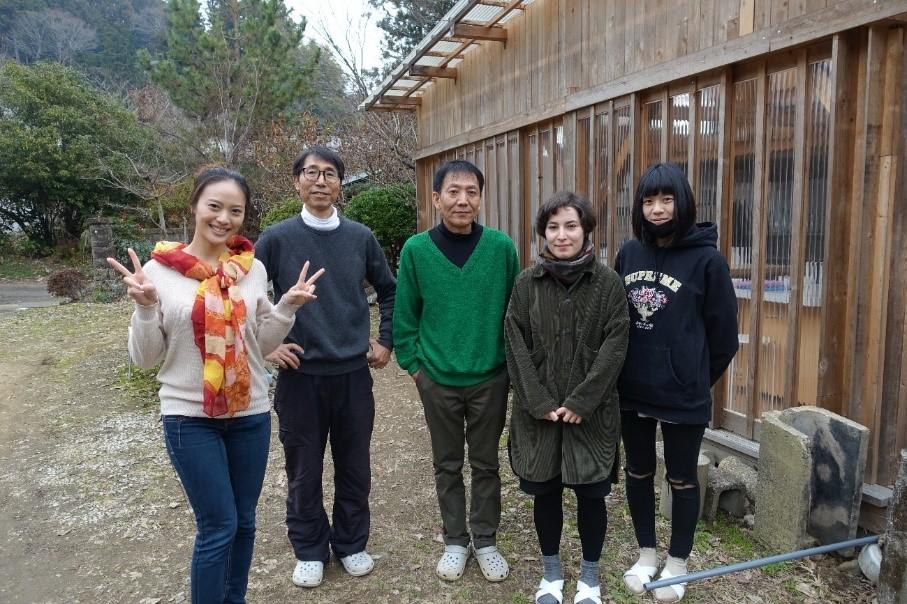
Thank you Hinode Washi Atelier and team!!!
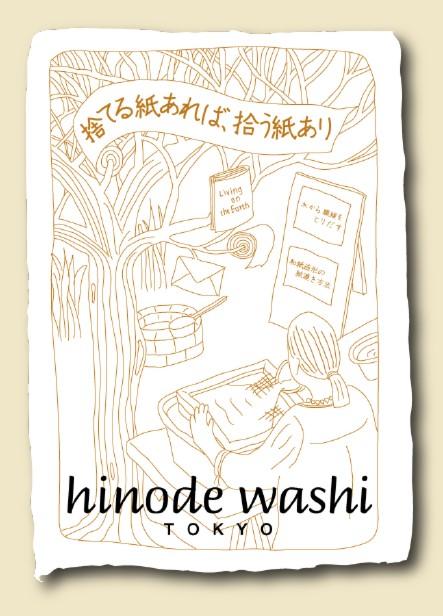
Hinode Washi Tokyo Website: http://www.hinodewashi.tokyo/
Facebook: https://www.facebook.com/hinodewashi.tokyo








